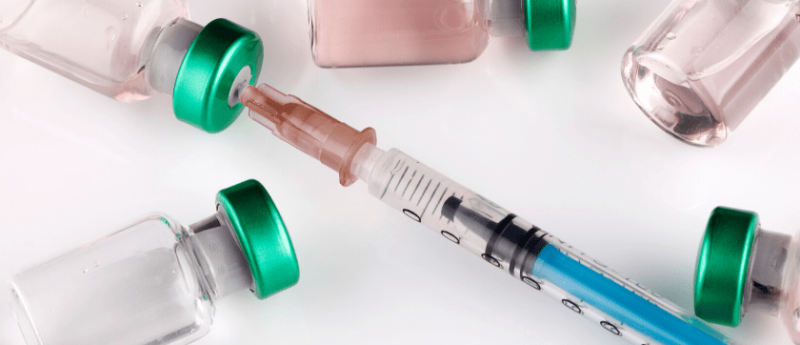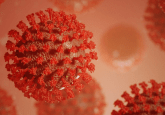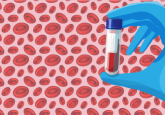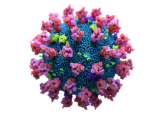Nanovaccines could provide the key to fighting today’s deadliest viruses

Nanovaccines, that is vaccines that include nanosized particles such as polymeric nanoparticles, nanobeads and nanospheres among others, have become more of a focus in the vaccine industry in the past few years as a means to combat common challenges faced in the development of conventional vaccines. Existing vaccines have several downfalls, which inhibit their widespread use, such as failure to engage the immune system to its full effect, low stability in vivo, high toxicity, invasive administration and the issue of storage and transport of vaccines to maintain them at an optimum temperature up until use [1]. Nanovaccines curtail many of these challenges simply by design.
Research has been conducted by many bodies such as the National Institute of Allergy and Infectious Diseases (NIAID), part of the NIH (National Institutes of Health), into vaccines against flu in the form of a universal influenza vaccine [2]. To make this a reality, many studies have to be conducted into the pathogenesis of viruses, transmission, natural history and DNA sequencing of humans to visualize the interaction with the immune system. A nanovaccine with a greater harnessing ability of the immune system can be used such as self-assembling ferritin proteins to form nanoparticles, which can promote the production of antibodies to neutralize H1N1 [3].
Sign up to The Nanomed Zone for free
DNA vaccines show promise for a universal influenza vaccine as they provide a template that can be easily updated with booster vaccines for prolonged protection. The challenge with DNA vaccines, however, revolves around how they are delivered, as they can be easily eliminated, degraded or inactivated in the reticuloendothelial system [4]. Encapsulation with nanoparticles to form DNA nanovaccines would offer protection from these eventualities. This form of nanovaccine was investigated for development in response to the Zika virus.
As part of the WHO megatrial – SOLIDARITY – four of the leading coronavirus treatments are being reworked from previous strategies to level against COVID-19. These treatments include the nanovaccine mRNA-1273 from Moderna (MA, USA), which is currently undergoing a Phase 1 trial in the USA. On the 23rd of March, Moderna filed a Current Report on Form 8-K, which outlines the timeline for the expected availability of a COVID-19 nanovaccine [5].
Chloroquine and its derivative, hydroxychloroquine, have been used in prophylactic drugs for antimalaria medicine for decades [6]. It has also been shown to have antiviral properties against coronaviruses. Chloroquine has been used in combination with nanomedicine in the past to visualize cellular uptake and to further understand viral replication. Research, funded by the Department of Defense (Virginia, USA) and the NIH, suggests that this technology may show how chloroquine can affect SARS-CoV-2 cellular uptake, in the same way as it decreases the accumulation of synthetic nanoparticles in cells, as the SARS-CoV-2 virus falls within a similar size range (60–140 nm) [6]. By further understanding the prophylactic and therapeutic effects of chloroquine and hydroxychloroquine the researchers hope to develop a nanovaccine or other therapeutic strategy for the prevention and treatment of COVID-19.
Nanovaccines provide hope for a more efficient and safe method of delivering preventatives for viruses, especially in this period of urgent need.
Want regular updates straight to your inbox? Become a member of The Nanomed Zone here.
To access more COVID-19 content, visit Infectious Diseases Hub.





